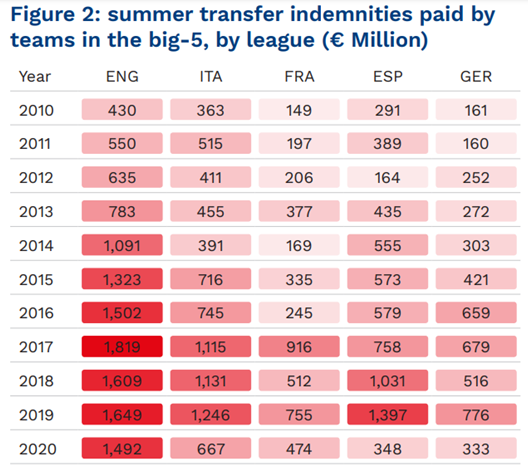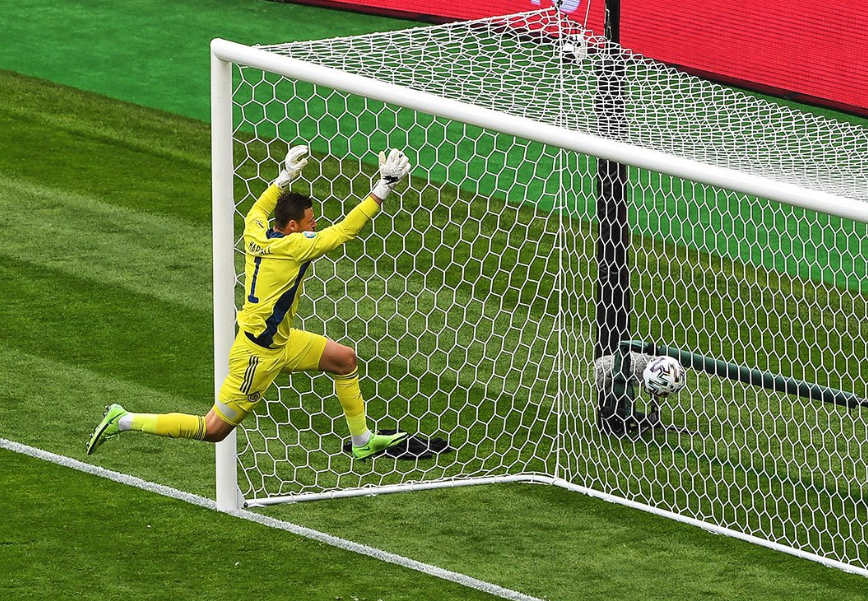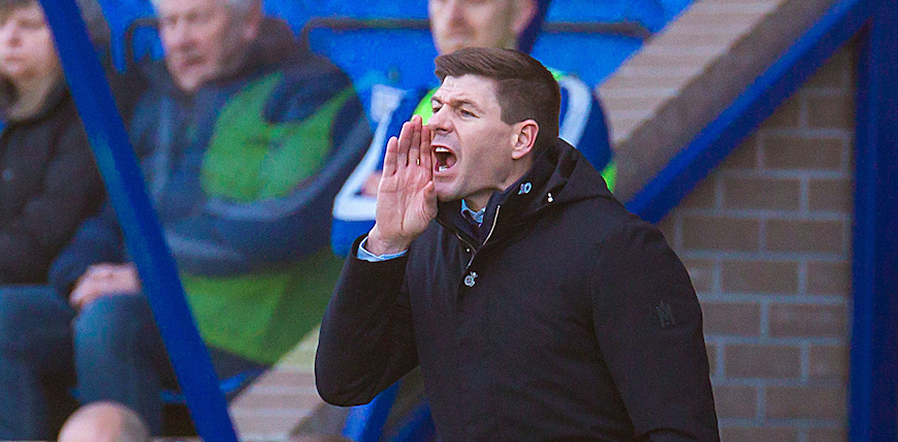Hello and welcome back to The Deep Dive Supplementary Document. This is all about transfers, the nature of transfer windows, the market, the money, the agents, and all the nonsense. Given we are now fast approaching the business end of the transfer window it is a topical discussion to have and I hope you all enjoy it!
The Window
The concept of the transfer window was initially driven by the Premier League. It was initially floated in 1991/92 for the English top-flight but was voted down by the smaller clubs who had concerns about the need to buy players in the summer months when cash flow was poorer due to not playing games. One of the biggest proponents of the idea at the time was Terry Venables, who according to former Premier League chief executive believed:
“that managers should be coaches, spending time with their players and not looking around for new signings or fending off agents or having to deal with unsettled players”
The idea was then shelved until 1998 when a meeting took place in Athens between the nine top leagues in Europe (and yes, that did include Scotland at the time!) to create a uniform standard across the continent. Furthermore, this was of course only three years after the landmark Bosman ruling which caused confusion for clubs and was part of the reason why UEFA backed the proposals as they felt the balance of power had shifted too much in favor of the players.
After haggling over the details, the transfer window we all know today was born in October 2000 and was agreed to by all countries bar one – England. Regardless, the transfer window was introduced in 2002/03 despite protests from Premier League clubs and it has been that way since.
There is still opposition to the concept of transfer windows to this day. Seve Coppell the former manager of Reading and the former England manager Sven-Goran Eriksson have both expressed their dislike for the window system. Further to this, Arsene Wenger, Manuel Pellegrini, and Alan Pardew have all complained about internal league transfers during the season, with Wenger stating that clubs should be limited to two signings in January.
The Market and The Money

When discussing the football market, we should take note of the relative position of counties, clubs, and associations in the food chain. The above graphic [Figure 1.0] is from a landmark study into the transfer market in Europe and is a handy guide for clustering these countries together to demonstrate their place and size in the market.
Covid has inevitably shaken the market to a great extent. An examination from the football observatory has shown the spending across the top 5 leagues every year over the last decade and there is a noticeable drop off in each in 2020, as can be seen below [Figure 2.0]. The largest fall came in Spain, who seen their spending drop by approximately 75% as a result of the pandemic affecting the spending power of clubs, especially Barcelona and Real Madrid who have seen their relative financial frailties exposed by Covid. Unsurprisingly, the premier league experienced the smallest drop in spending as fell by just 10% on the previous year.

The Agents
As much as it may seem that Agents can easily have players and clubs over a barrel at times, there are regulations on how they are allowed to conduct themselves throughout the footballing legal system. The FIFA Regulations on the Status and Transfer of Players, while not addressing agents by name, directly impacts how they are allowed to conduct their business. However, the primary regulatory system is known as the FIFA Players’ Agents Regulations (FIFA PAR). It covers everything from agents’ rights, licensing, and admissibility with every national association being required to implement FIFA PAR into their own governance system to ensure parity across all member countries and avoid both players and agents experiencing exploitation. The duties of agents aren’t confined to the sexy nature of transfers. In fact, a lot of it is quite dry contractual work. They can represent their clients at dispute resolution meetings of disciplinaries, like a mix between a Trade Union representative and an HR manager.
This however does not mean that the system is bulletproof. A study by FIFA has shown that up to 70% of transfers are conducted by unlicensed agents. This presents the danger to the players that as the agents do not have a license, they do not have the required knowledge of the legal regulations surrounding player transfers, leaving the player open to financial and legal difficulties down the line. The reason for such a high percentage of transfers being conducted by agents who do not hold licenses includes the fact that there is no active investigation department of FIFA to look into the issue further, despite the fact they are obviously aware that it is happening. One of the most tragic examples of the dangers of unlicensed agents is the scam agents involved with Child Trafficking in Africa as approximately 20,000 children have been brought from Africa to Europe by scam agents who have subsequently become homeless.
Thank you for reading and please provide your views and feedback both on the supplementary document and the pod itself!



